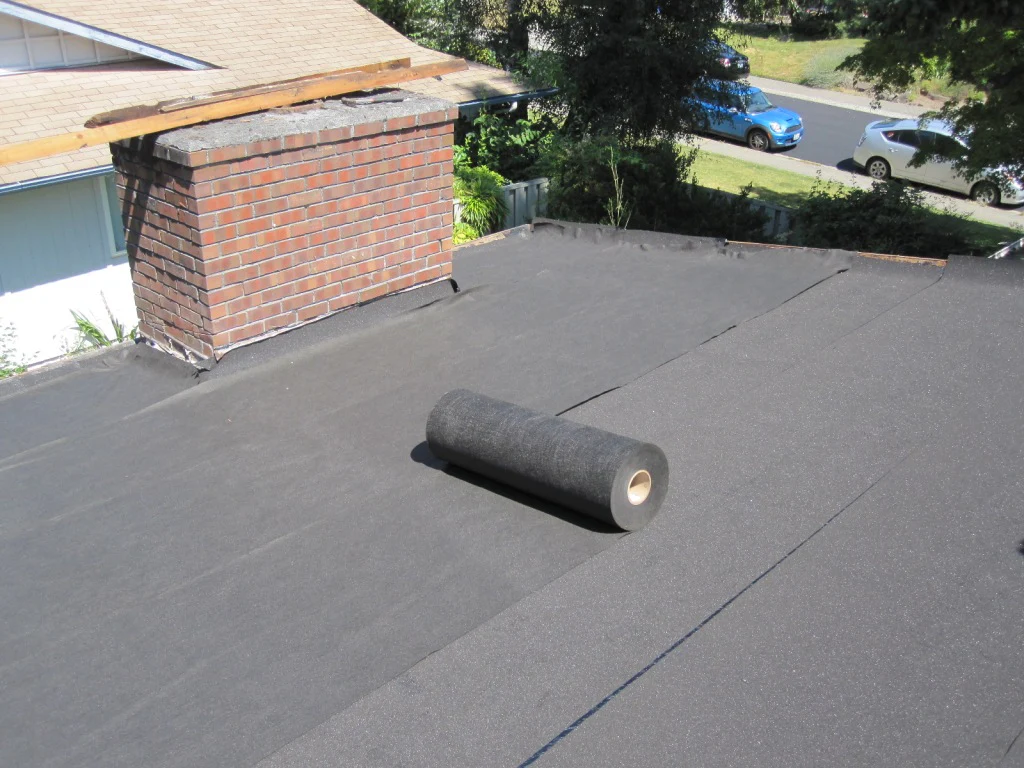
It's a common misconception that concrete structures are impervious to water, especially when protective measures have been taken. However, the truth is far from it. Building owners often overlook the need to safeguard their properties against water damage, assuming that the strength of concrete alone is enough. Unfortunately, the chemicals and minerals that contribute to concrete's robustness can also react with water and other substances, leading to the dreaded issue of concrete spalling.
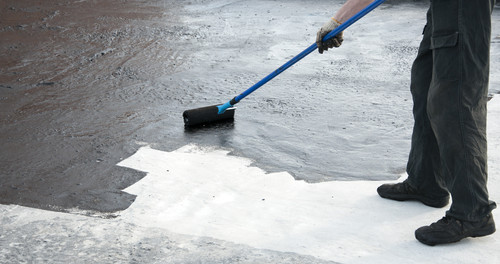
As Sydney and the East Coast of Australia gear up to break historical rainfall records (according to the Sydney Morning Herald), it becomes increasingly crucial to not only protect your building but also gain a comprehensive understanding of the factors that can impact its integrity.
While you may believe that your building's drainage system is sufficient to prevent water buildup and protect your foundations, there are crucial aspects that often go unnoticed. Did you know that the majority of waterproofing issues we encounter are related to flat roof areas and decks situated above car parks? The repercussions of these issues are tangible, especially when residential spaces lie beneath. No one wants to reside in a building plagued by leaks and water damage.
Moreover, even in commercial buildings where tenants may not inhabit the affected areas, the consequences are both financial and disruptive. Owners are burdened with implementing specialised workplace health and safety (WHS) procedures to minimise slip risks, cordoning off vulnerable areas, and executing repairs with minimal disruption to occupants.
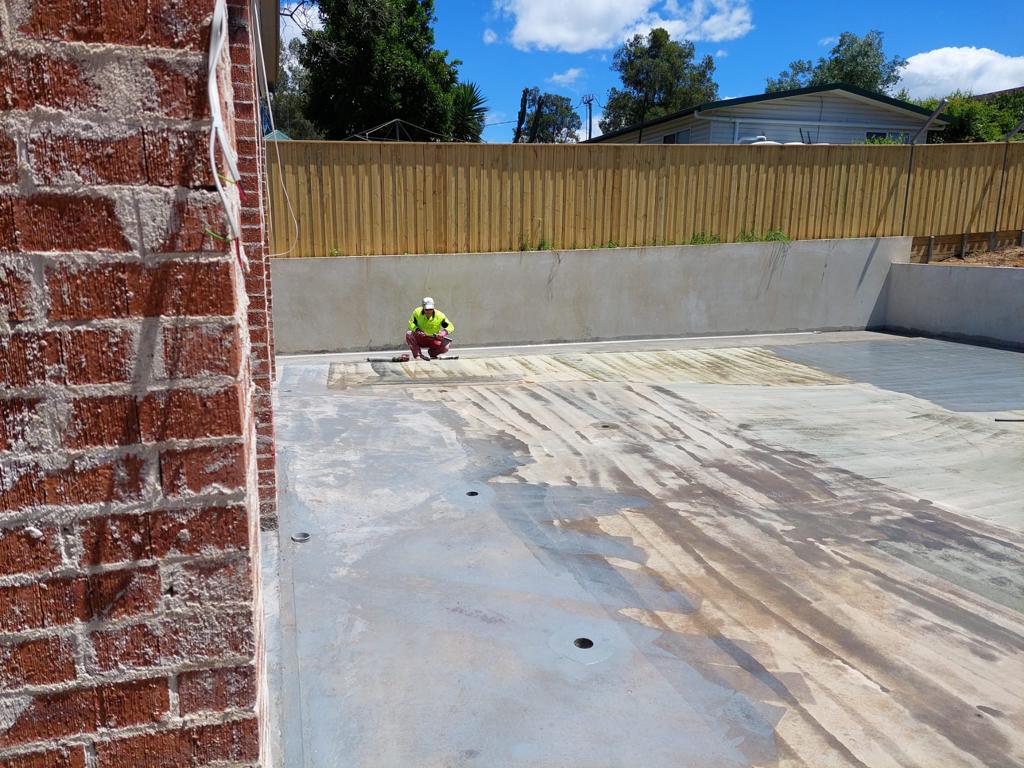
In this article, we aim to shed light on the various water-related challenges faced by buildings. Furthermore, we will provide valuable insights into the array of methodologies and options available to safeguard areas susceptible to water damage.
In many parts of Australia, especially areas with numerous large buildings, rain is a frequent occurrence. Unfortunately, along with rain comes the unwelcome presence of water leaks. Although buildings are meticulously designed to be aesthetically pleasing and functional, factors such as poor workmanship, faulty products, relentless elements, and inevitable wear and tear can transform what was once a protective structure into a troublesome issue.
Flat surfaces, in particular, often become vulnerable points where water seeps into cracks and infiltrates the spaces below. The consequences of this water ingress can be both visually and structurally distressing:
However, the most significant concern regarding water leaks lies in their potential to compromise the strength and integrity of the structural materials used in construction. These seemingly innocuous water drips can ultimately result in substantial and expensive consequences.
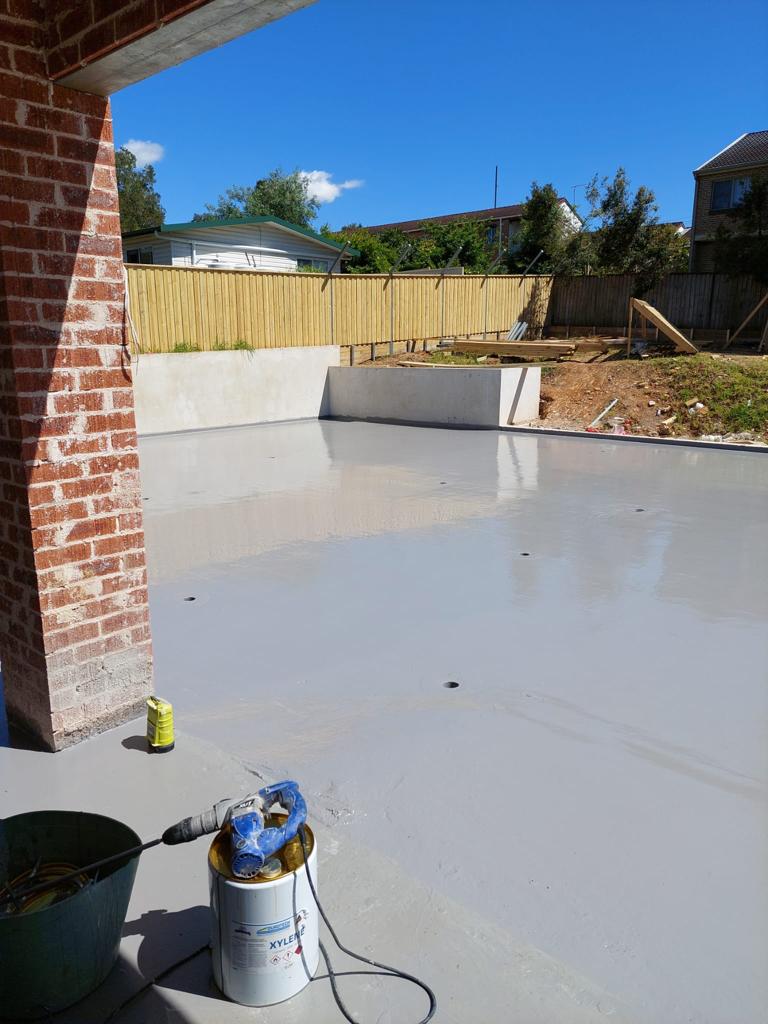
When it comes to preventing water intrusion in undesired areas, construction projects often incorporate purpose-built waterproofing products. However, let's fast forward to a scenario where you become aware of a problem, successfully identify its location (which is no easy task), and the time for rectification has arrived.
Among the most prevalent methods of commercial waterproofing are cementitious waterproofing, liquid waterproofing, and bitumen-based solutions. But what exactly do these entail, and which option reigns supreme? Let's delve into the details to find out.
One of the initial choices, and undoubtedly the easiest to apply (suitable for most "handy" trades), is cementitious waterproofing. However, while it may be convenient, it falls short in terms of effectiveness. This solution involves applying a cement coating to areas with cracks on walls, terraces, and flooring surfaces. The cement dries rigid, effectively sealing the cracks. Yet, due to its lack of flexibility to accommodate temperature fluctuations, it becomes ineffective over time, allowing the problem to resurface.
When it comes to waterproofing, liquid solutions offer a higher level of dependability. Upon application, the liquid undergoes a transformative process, forming a rubbery coating that adheres directly to the structure, providing exceptional flexibility. Engineered with UV resistance, this solution may come at a slightly higher cost; however, its ability to flow into hard-to-reach areas makes it an excellent all-around choice. One notable type of liquid membrane is polyurethane waterproofing. This remarkably versatile product can be applied to various flat roof substrates, including concrete, cement mortar, terrazzo, and thoroughly cleaned surfaces. It exhibits outstanding adhesion to these substrates, offers high flexibility, resists weathering, and boasts reliable UV resistance.
Moreover, the build-up capability of liquid waterproofing allows for targeted application, effectively redirecting water away from problem areas and guiding it towards drains. This feature proves particularly beneficial in addressing slope or elevation variations.
Embrace the reliability and adaptability of liquid waterproofing for optimal protection against water infiltration.
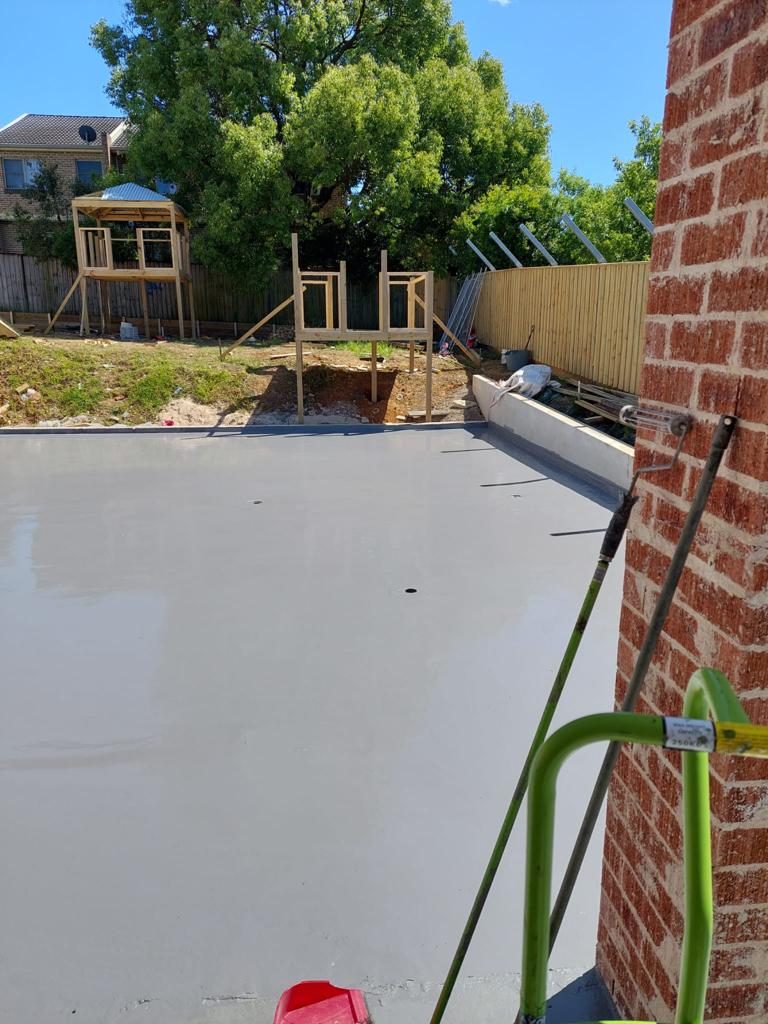
PVC membranes serve as efficient thermostatic sheet membranes that are strategically placed to achieve a seamless and watertight surface. Essentially, these PVC-based sheets consist of a continuous layer that requires minimal additional components during installation. Two primary options are available:
With PVC membranes, you can rely on their ability to create a reliable barrier against water infiltration, safeguarding your structure with a durable and resilient solution.

Another viable option for waterproofing is the use of torch-on membranes and waterproof wraps. These membranes are crafted from a unique blend of polymers and high-quality bitumen mix, making them highly efficient in preventing water infiltration. Although their installation process can be labour-intensive, they offer exceptional results.
To apply torch-on membranes, they are rolled out onto the designated area with a slight overlap on the preceding roll. As the membrane nears the surface, a hand-held propane torch is used to heat and melt the bitumen, securing it to the surface. This melting process fuses the seams together, creating a watertight seal. The inherent elasticity of bitumen allows it to expand and contract without cracking or melting, ensuring durability in various temperature conditions.
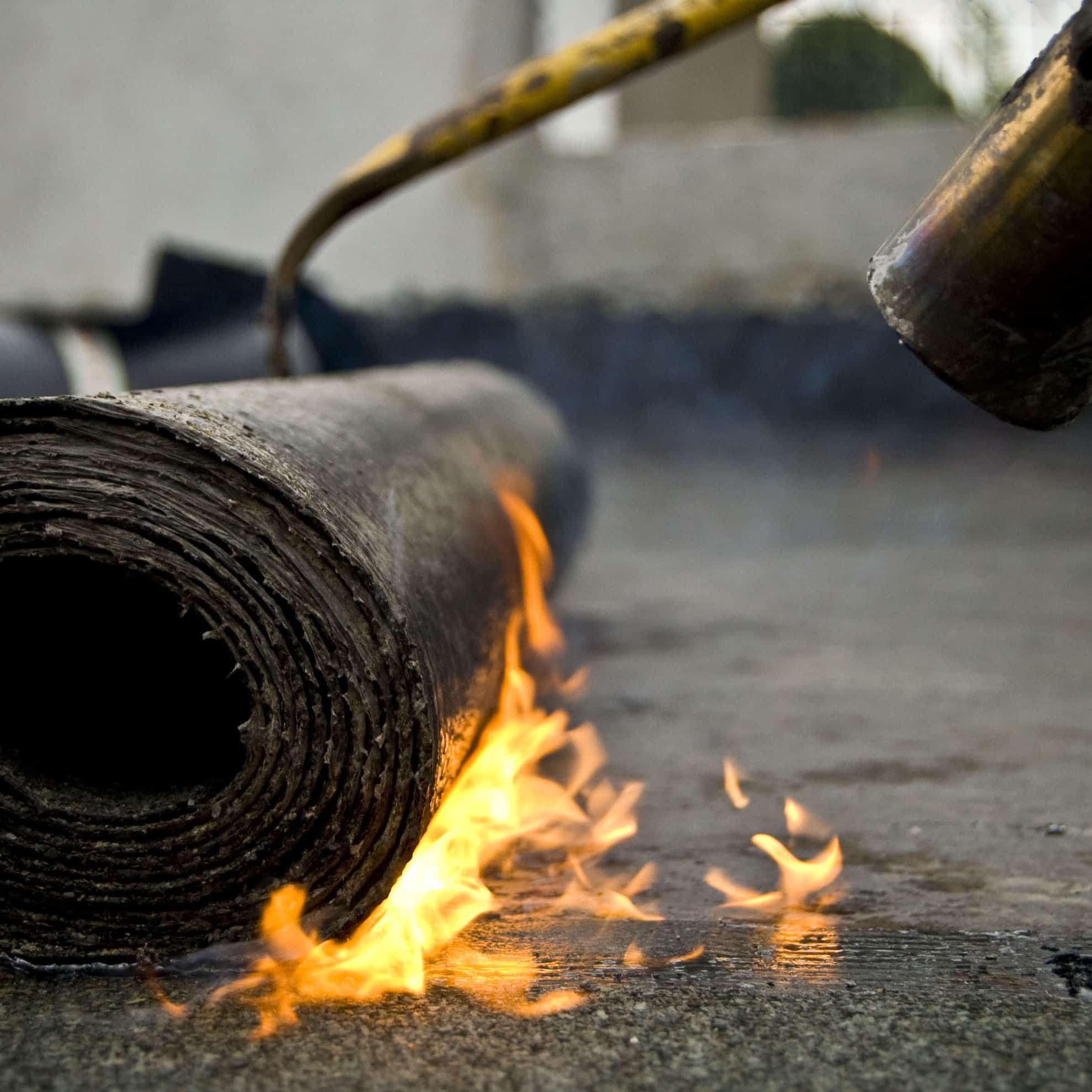
Moreover, torch-on membranes offer the advantage of a non-slip surface. The top of the membrane can be coated with aggregate, providing a suitable non-slip rating for the specific application area. Overall, torch-on membranes provide a reliable and long-lasting solution for waterproofing, effectively keeping water at bay while offering additional benefits such as flexibility, durability, and slip resistance.
When it comes to waterproofing, it's crucial to address the underlying issue rather than just applying a new membrane as a temporary fix. At JAH BuildGroup , we understand the importance of identifying the source of leaks and providing comprehensive solutions to ensure long-lasting results.
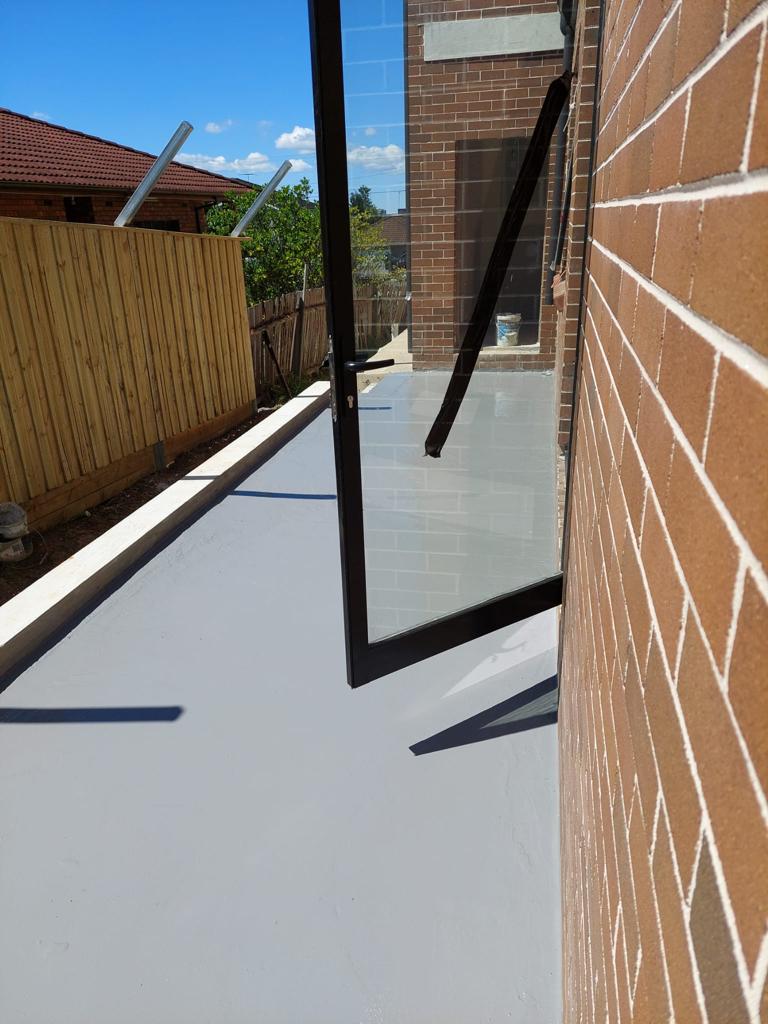
Our team consists of experienced professionals who possess the expertise to accurately pinpoint the root cause of water-related problems. We are dedicated to offering the most suitable commercial waterproofing solutions tailored to your specific needs. By addressing the core issue and repairing any underlying damage, we prevent the problem from escalating over time.
If you require assistance with waterproofing for your commercial property,we are here to help. Let's start a conversation and explore how our expertise can keep your property protected from water-related issues.